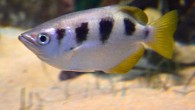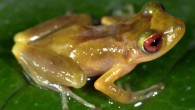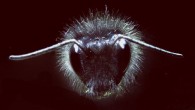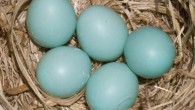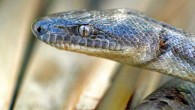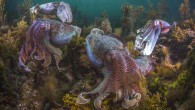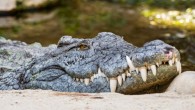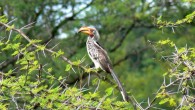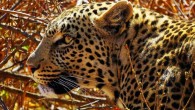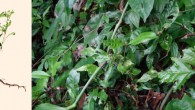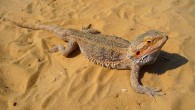Scientists from Canada and the United States have discovered a new species of Greater Antillean anole lizard in the Dominican Republic, on the Caribbean island of Hispaniola, strengthening a theory that communities of lizards can evolve almost identically on separate islands. Anolis landestoyi. Image credit: Miguel Landestoyi. Greater Antillean anoles (genus Anolis) are a textbook example of a phenomenon known as replicated adaptive radiation, where...




